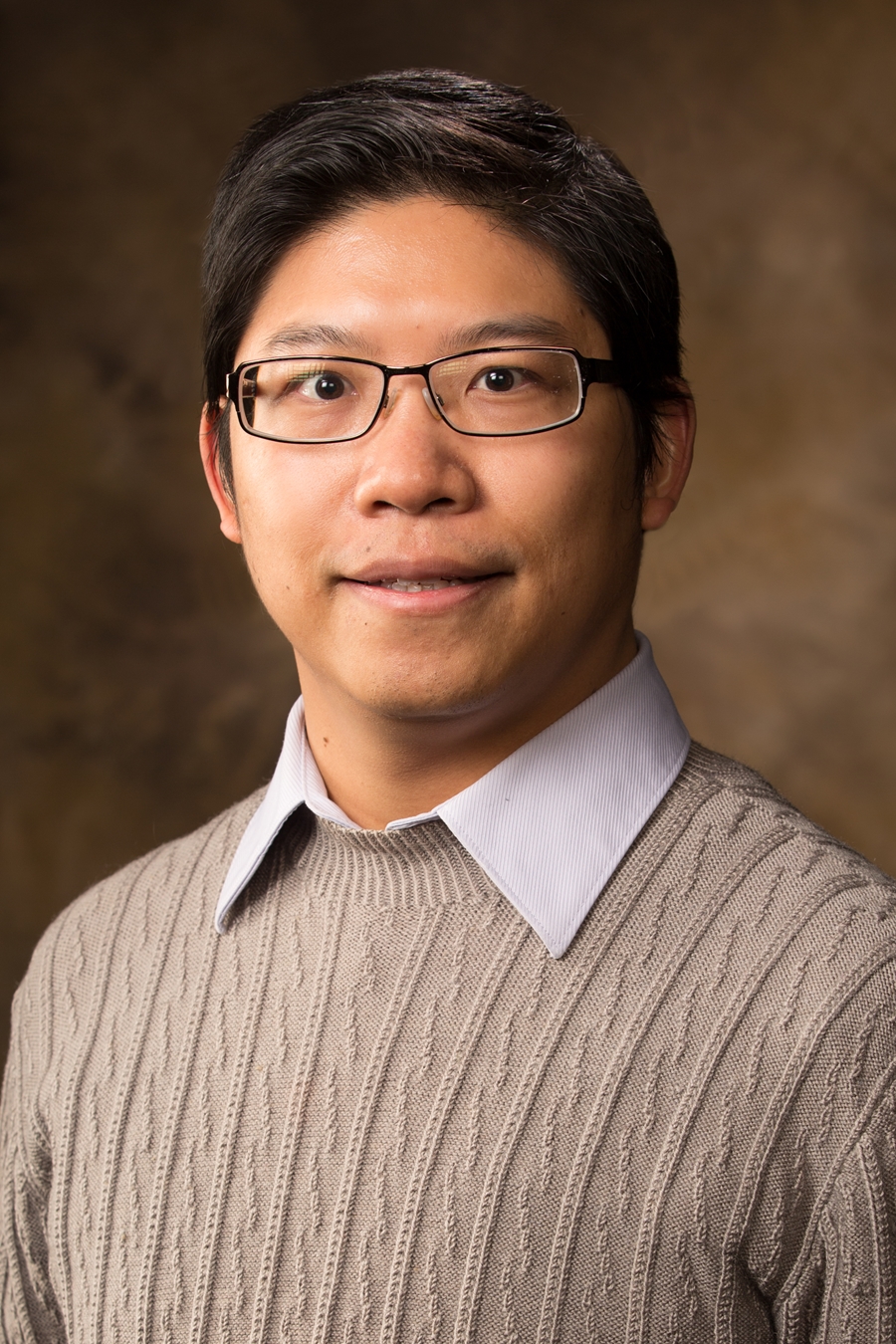Physicists Observe Previously Unknown Arrangement of Bacterial Plasmids
FAYETTEVILLE, Ark. – A team of physicists used advanced microscopy to observe a previously unknown arrangement of bacterial plasmids, small circular DNA molecules that commonly carry genes that are responsible for antibiotic resistance.
The discovery, published in Biophysical Journal, sheds light on how bacteria maintain plasmids of which the bacteria make many copies, said Yong Wang, assistant professor of physics at the University of Arkansas and co-author of the study.
“For the bacteria to maintain their antibiotic resistance, they need to maintain these plasmids,” Wang said. “If we know more about how the plasmids are maintained, we might have a potential way to interfere with the resistance to antibiotics.”
Wang collaborated with two colleagues at the University of Toronto, where he was a postdoctoral research fellow before he joined the U of A faculty in January. The team combined quantitative super-resolved fluorescence microscopy – a technique that won the Nobel Prize in Chemistry in 2014, improving the spatial resolution of optical microscopy from 200 nanometers to 10-20 nanometers – with single-molecule fluorescence techniques and statistical physics/modeling.
They observed that the plasmids were arranged into two populations. Some plasmids formed large clusters, while the majority of plasmids were randomly distributed in the bacteria.
“Following this work, my students and I are currently exploring the origins, as well as the temporal evolution, of the observed arrangement of plasmids.” Wang said.
Joshua N. Milstein and Paul Penkul at the University of Toronto were study co-authors.
The research was funded by the Human Frontier Science Program and the Natural Sciences and Engineering Research Council of Canada.
Contacts
Yong Wang, assistant professor
Department of Physics
479-575-4909, yongwang@uark.edu
Chris Branam, research communications writer/editor
University Relations
479-575-4737, cwbranam@uark.edu
